We have the last few years been involved in a project with a producer in Antioquia that’s been having such a great progress and development with his coffees and quality. It’s about great washed coffees of different cultivars, but also naturals dried in an innovative way. But most of all it’s just great to work with producers when you totally feel the main drive is innovation, not only for the sake of the money and income, but because the goal is to have impact on other producers that not yet know the potential they have. Antioquia is known for solid, but maybe slightly boring coffees, but there is a lot going on right now, and we think these coffees are proof of that.
Juan Saldarriaga has two farms, La Claudina and El Encanto. He also has an export licence under the name Tierra de Cafe. He is mainly exporting his own coffees, and coffee from the farms he manages. We always buy coffees directly from him. The two farms area bout 60 hectares each, but only 42 planted with coffee in total. The rest is still forest and natural reserves. He’s also working with friends and neighbours. He’s managing the production for some surrounding producers growing Caturras and other cultivars up to 2000 masl. Many of them are young, small farmers that are eager to prove that Antioquia have more than chocolaty and heavy bodied coffees. As for now we are experimenting a lot together to figure out what works for us and our market.
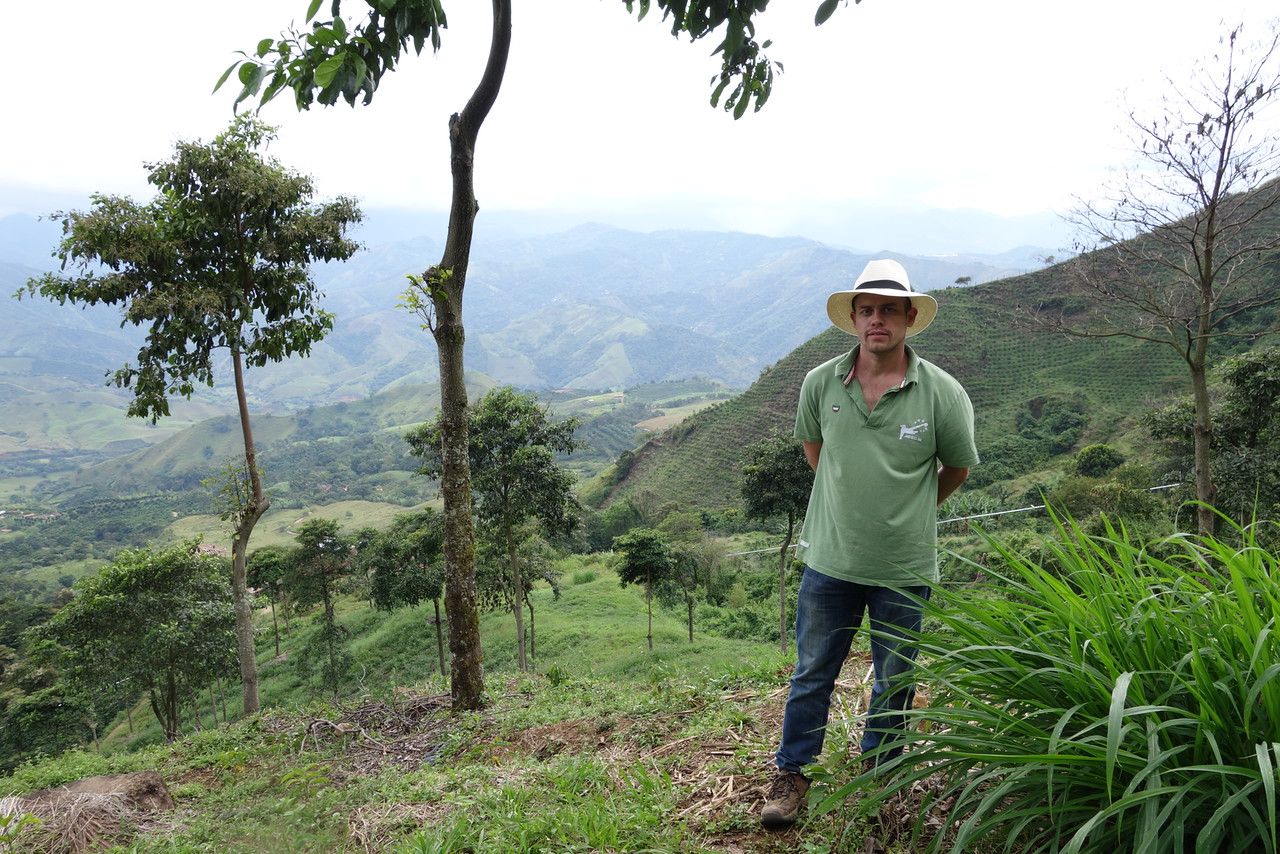
After Juan took over his family’s two farms, he started experimenting with different cultivars in different altitudes. Many of them are recently planted. He is also doing experimental drying, and different processes for naturals etc. We met a few years ago, and what really encouraged us to work with him was his willingness to change, adapt and improve to meet the future demand of quality.
I met Juan Saldarriaga 5 years ago. He’s a 38 year old Colombian coffee producer that’s been studying history, politics and philosophy in Germany. The family has two medium sized farms in Antioquia. Finca La Claudina in Bolivar with 16 hectares of coffee and El Encanto in Hispania with 26 hectares of coffee. He moved back to Colombia from Germany in 2012 and started to plant several different and new cultivars on the farm. Everything from unusual Castillo and Tabi to Bourbon, Geisha and SL28 among others. So far it’s about figuring out how they all perform in the environment, and then increase production over time. Since we started to cooperate, he has built different concepts of drying facilities, changed the processing, and started to manage a few other farms in the area too.
Up to 2012 his father was managing the farms, producing conventional coffees. Juan noticed the change in the coffee scene in Europe and asked his father, Luis Fernando, if they should step up and do something more quality-oriented and unique. Luis Fernando said fine, but you have to get back to Colombia and take over the management of the farms. And so he did. One year later I met Juan by accident at a coffee event. He told me what he wanted to do and asked me what it takes to enter “our” market. I didn’t have that much experience with quality from Antioquia, and hadn’t seen to many profiles of interest either, but we started to discuss the potential of the farms. We started to cup samples of the existing coffees, and even if there was some nice flavors there, the coffees were not clean enough, and all the drying was done mechanically.
Together we discussed and went through the whole process, from picking and processing to drying. Even if Juan knew how to improve many of these things he wasn’t sure if he would cover the increased cost through good enough premiums. He was at that time drying in a traditional mechanical silo, which is the most common thing to do in Antioquia. I told him I was skeptical to pay high premiums in general for coffees dried that way due to risk of too fast deterioration. He asked for our opinion on drying and we looked at some shade drying options among other things we have seen elsewhere and had good experience with. I didn’t think he would do it, but 3 months later he sent me pictures of the fantastic drying space in the picture below. Just after that he started to research on alternative mechanical drying methods, and invested in a dryer designed for fruits where you can dry with cold air, adjust temperatures and fan speed altogether. The way of fermenting and washing coffees is also changed, and he immediately started to experiment with naturals in the cold dryer.
It’s been cool to see the result of the investment, work and effort that’s been put in to this. The way picking, processing and drying is done now is totally different from what you see in the region in general. In the beginning people around in the area was telling him he’s crazy, but now they see the value as the quality and premiums increases. Besides his two original farms he has taken over the management of another farm. La Virgen is in Concordia with 34 hectares of coffee, altitudes around 2000 masl, and here as well he’s been planting good amounts of new cultivars. He’s also working together with a group of other young farmers in the area to improve their process, and now as the coffees are getting cleaner we are starting to see how much different and amazing flavor profiles there are in the area.
Innovations
Besides the cultivars and shade drying the most interesting and potentially groundbreaking thing is the “cold” dryer he is using. It is still on an experimental level and is relatively expensive to use, but we think it could potentially change the way drying of quality can be controlled, and the way people think of mechanically dried coffees. We have done many different experiments on both washed and naturals. There is coffees dried on different temperatures as well as in combination with cold drying, shade and sun. Too early to have clear results but what we see is that the different drying methods changes the cup profile and flavor spectrum of the coffees. And specially for the naturals. The challenge is that when he’s production is peaking he needs all the drying space he has at full capacity, and this goes for the cold dryer as well. It’s also run on electricity, meaning there I a significant cost to it. The price can be up to 50 cents pr kg green more than “normal” drying.
Even if the main focus is on washed coffees we see great potential in the naturals dried this way. Naturals are a tricky thing, and we believe that controlling these parameters can help us customize naturals, and make them both cleaner and more consistent. We have just started experimenting and it will be interesting to see how it develops the next few years.
Farming and production:
La Claudina – the farm
Is a farm located at 1400 – 1800 masl in the city of Bolivar in Antioquia. Its currently about 18 hectares of coffee. The varieties is mainly Castillo, but he’s been planting a lot of new plants lately and have Tabi, Caturra, Variedad Colombia and Geisha. He’s got two pulpers with capacity of 1600 kg cherries pr hour. He’s doing traditional fermentation in tanks, often with intermediate rinsing. For drying they have a roofed facility with beds, a traditional parabolic dryer, a very interesting mechanical «cold» dryer and a traditional mechanical «guardiola» for more commercial volumes.
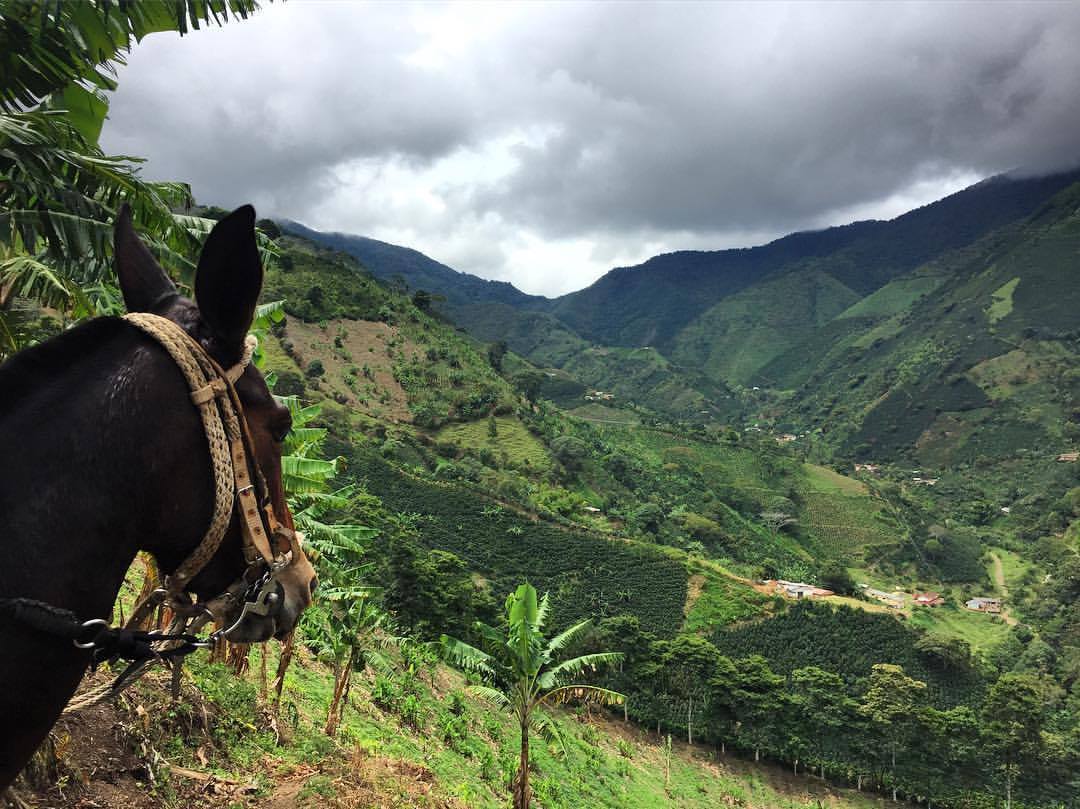
El Encanto – the farm
Is a farm located at 1380 – 1800 masl in the city of Bolivar in Antioquia. Its currently about 26 hectares of coffee. The varieties is mainly Variedad Colombia, Castillo, good amounts of Tabi, Small amounts Sl 28, Maragohipe, Geisha, Bourbon, Caturra chiroso, Castillo Tambo. He’s got a traditional disc pulper with separator and fermentation tanks. For drying they have 200 square meters of newly built shelves that can be moved from sun to shade. For other drying experiments they move the coffee to their other farm La Claudina where they have a roofed facility with beds, a traditional parabolic dryer, a very interesting mechanical «cold» dryer.
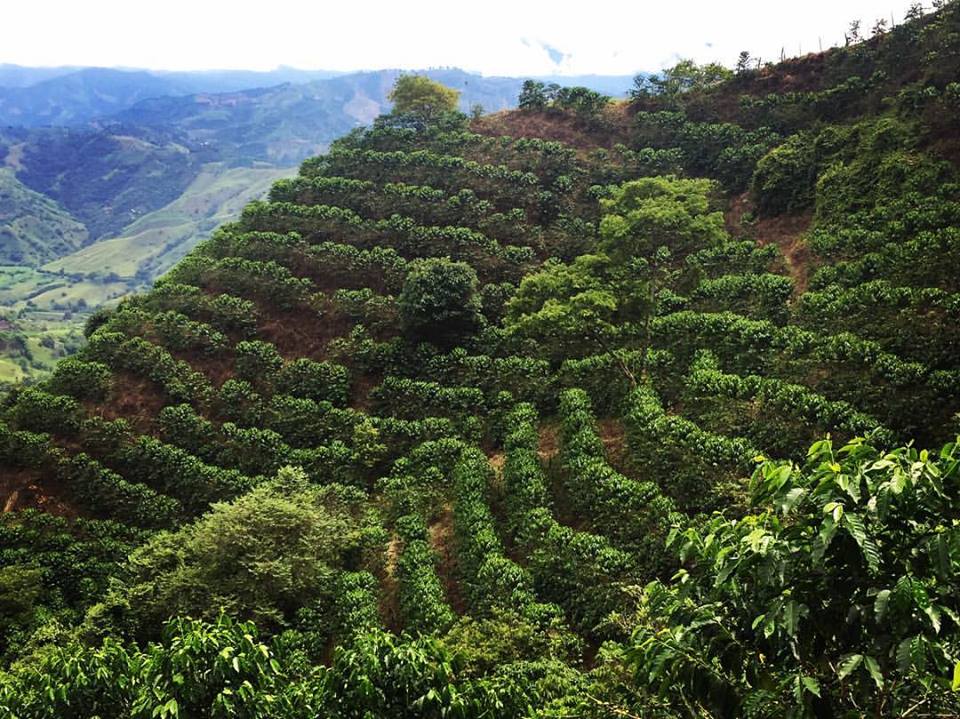
La Virgen – the farm
Is own by Jamie Ariza, but fully managed by Juan. It is located at 1850 – 2100 masl in the municipality Concordia in Antioquia. Its currently about 34 hectares of coffee. The varieties is mainly Caturra and old Variedad Colombia, Yellow Caturra they also have small amounts of SL28, Tabi, Maragohipe and Bourbons
They have a traditional disc pulper with separator and fermentation tanks. For drying they have 200 square meters of newly built shelves that can be moved from sun to shade. For other drying experiments they move the coffee to their other farm La Claudina where they have a roofed facility with beds, a traditional parabolic dryer, a very interesting mechanical «cold» dryer.
Through Juan we are also buying coffees from other farms and projects like La Conchita, owned by the young producers Juan David Cardona and he’s family. La Ilanete that is a group of smallholders from the region etc.
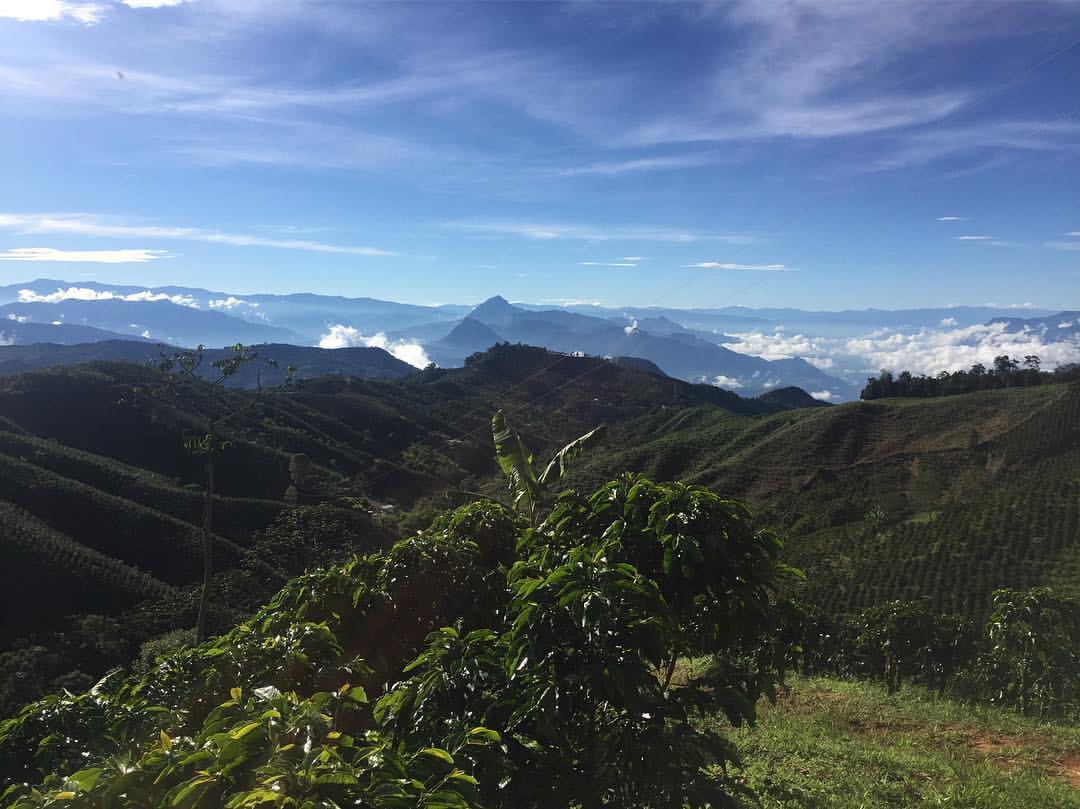
Management
The other important thing is the team that is created for the daily operations and management on the farms. All the managers involved feel a strong ownership towards the quality and “special preparation”. They are all getting incentives by shared premiums and their opinions are valued. This again affects the general quality on the farms so that even the conventional coffees are getting better.
Juan is involved in every level of production for all the three farms, from inputs and fertilizer to the concepts of picking, fermentation and drying. Both him and his father are spending most of their time on the sites. Juan is particularly working with the innovations and quality control. Every farm have a farm manager living on the farm, a mill manager controlling processing and drying and a harvest/picking manager constantly overseeing the pickers and lots that are harvested. The farm managers are like family, and have a lot of ownership in the projects.
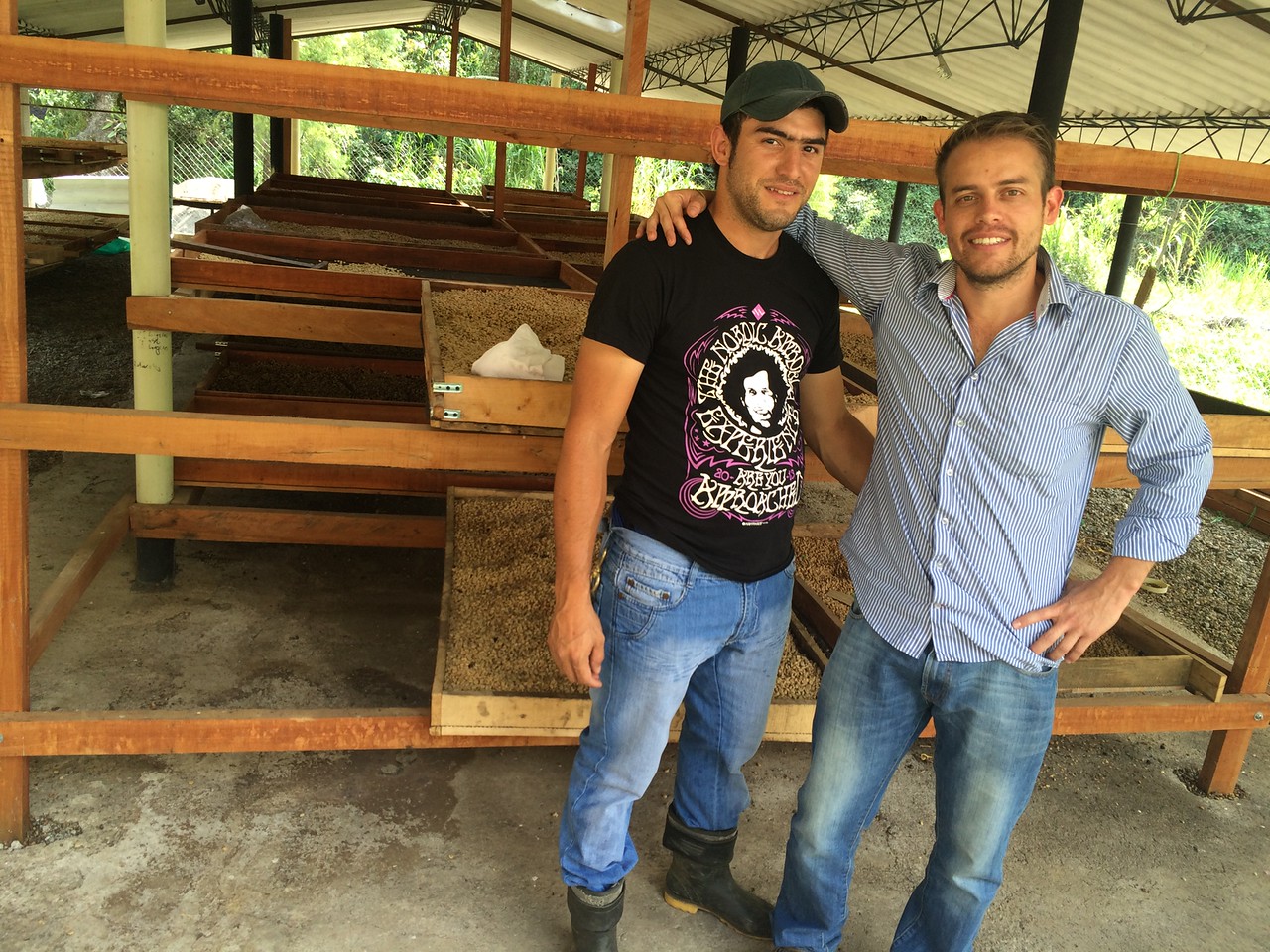
Harvesting periods
For La Claudina and El Encanto they only do one harvest per year. Normally from September to January. They control this by stripping the trees in the end of each harvest. They lose some quantity but they believe it helps on the quality in that area. La Virgen will have two harvesting periods, September – January and March – June. The weird thing here is that it’s also related to cultivars. The Tabi for instance is mainly producing for the September-January harvest, but the main harvest for Caturra and Castillo is March – June. But all of the trees generally have a fly crop too.
Picking:
They have one person on each farm managing the pickers and the quality. They always pick the coffee by block and keep everything separate. That way it will also be processed by cultivar. The pickers get a good premium for every bag of high quality. They separate the bags of the higher qualities to go in to quality production and special prep. The cherries for naturals are always going through an extra and very thorough hand sorting and selection before they go to the drying.
Pulping and fermentation:
After cherry selection the cherries are soaked in water and the floaters removed before they go in to production. The coffees are then pulped in a traditional disc pulper with a separator for greens etc. The quantity and availability of the tanks will sometimes determine what kind of fermentation they are doing. When they have big amounts like 5000 kg of cherries in a day they dry ferment everything in tanks. They add fresh cold water and rinse every 6-8 hours. Normal fermentation time will be about 24 hours. As the altitudes are not to high at the wet mill they want to keep the temperature down and control the fermentation. When the amounts are smaller and for experiments they ferment one batch as described above, but they add a new batch of coffee after 24 hours. The total fermentation time can be 48 hours, but still with a rinse of cold water every 6 hours.
Drying:
They have 4 different drying options. Traditional silo (mechanical dryer) cold dryer (mechanical), African beds in a parabolic dryer (greenhouse) and African beds in the shade drying area. The traditional silo is only for the conventional and “commercial” qualities. They move micro lots from all three farms to La Claudina for drying experiments. For the shade and parabolic they mainly do washed coffees, and washed and naturals in the cold dryer. It takes from 20 up to 30 days and the space and quantity they can do there is limited. They are also experimenting with honey in shade. In the parabolic dryer it takes about 10 – 20 days. So far they have focused on Tabi in the parabolic as well as some honey. The cold dryer have been used both for washed and naturals. But naturals have priority as they really seems to benefit from the controlled environment. They experiment with drying from 25 degrees to 40 degrees. Most naturals are dried between 25 and 30 degrees.
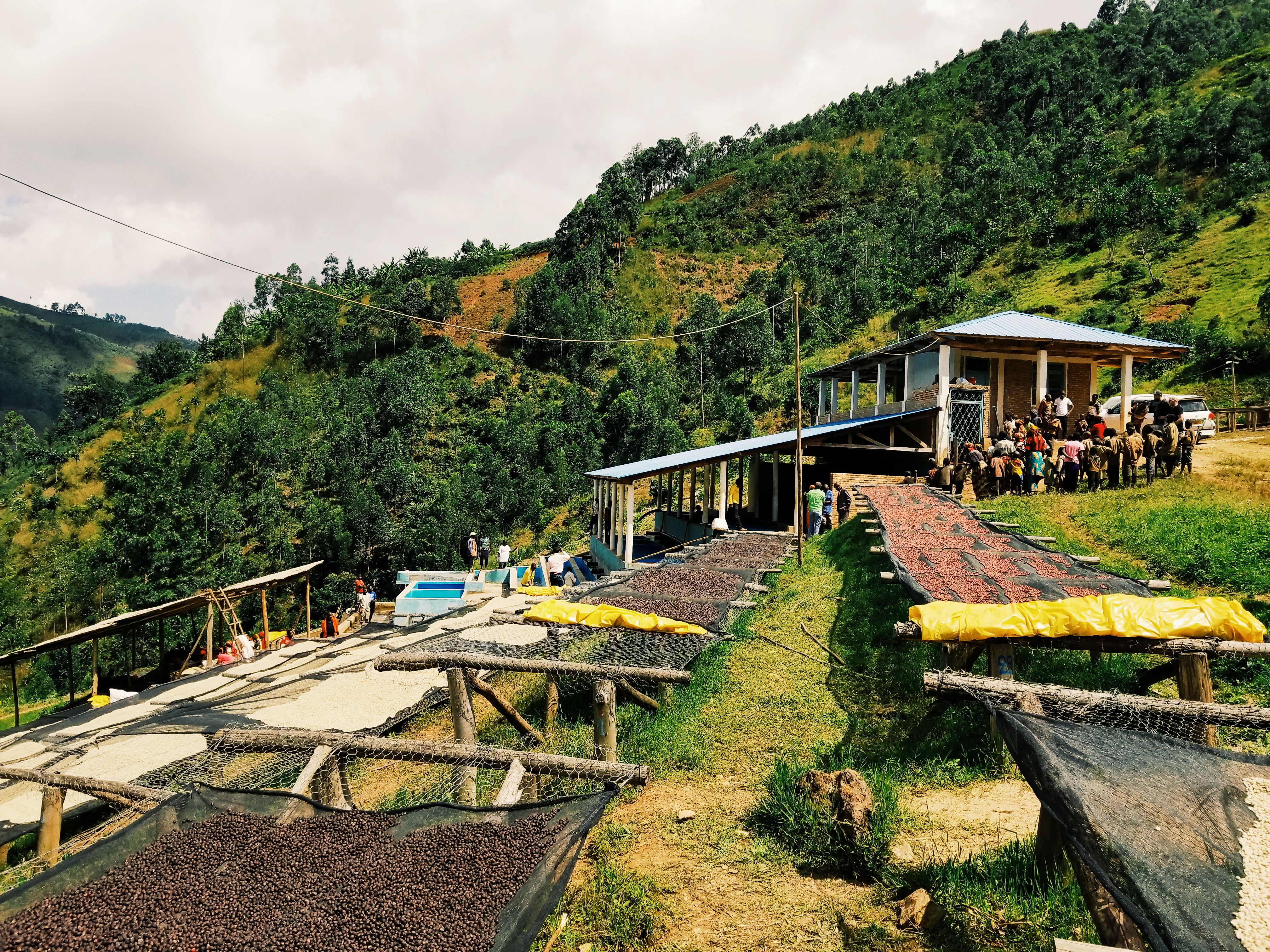

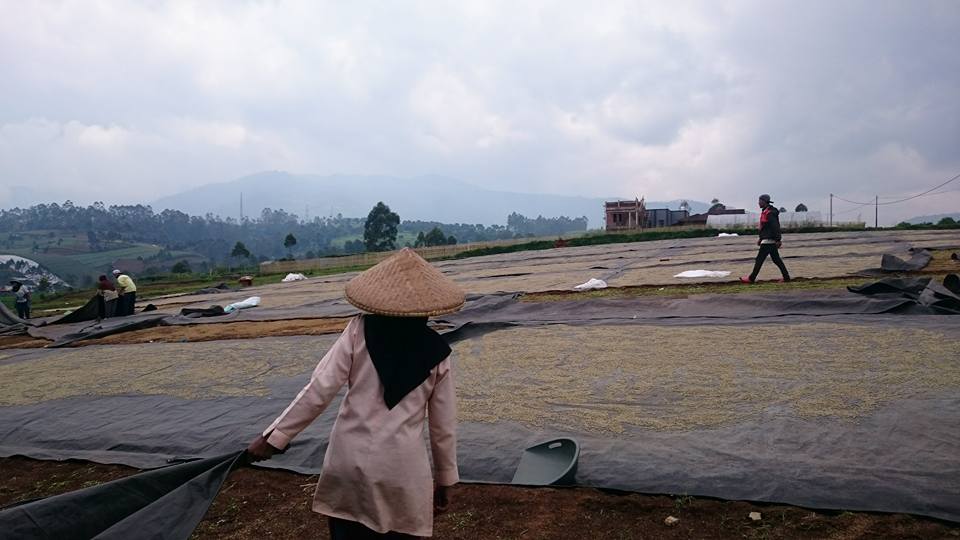
0 Comments